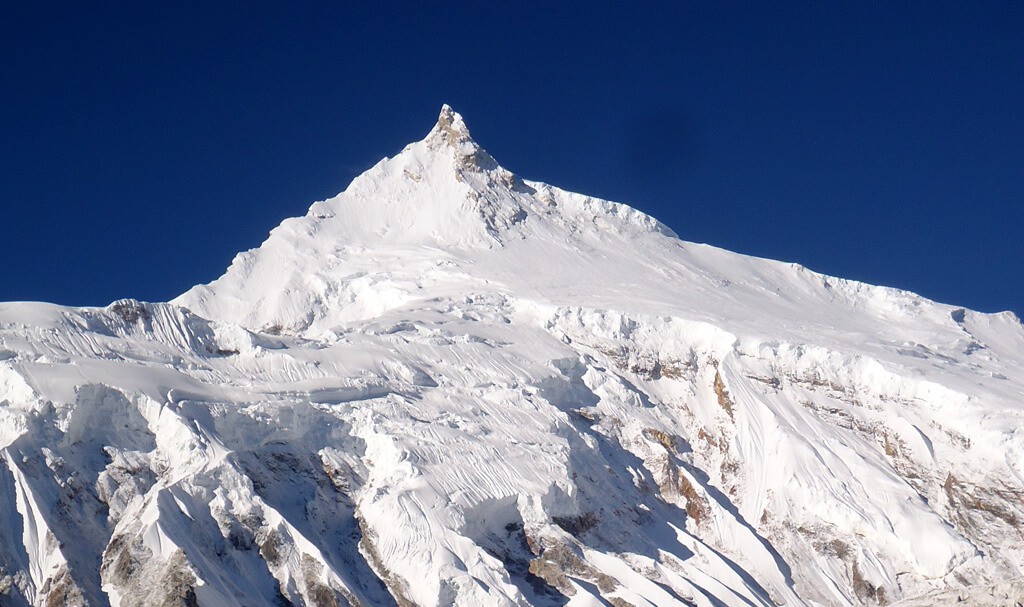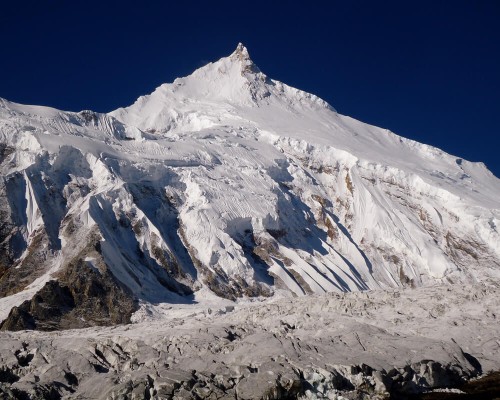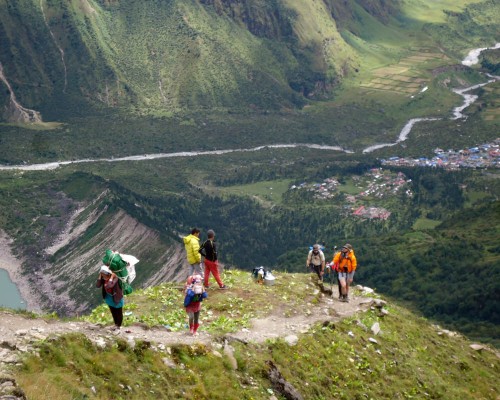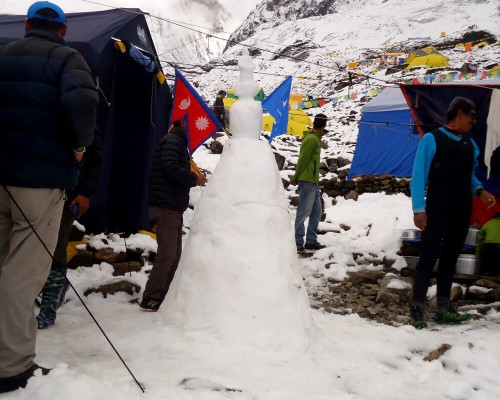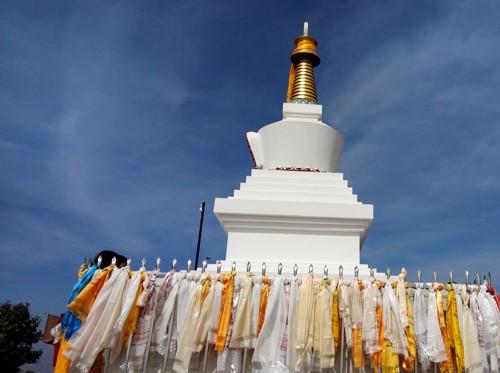How difficult is Manaslu Circuit Trek?
Manaslu Circuit Trek is an off-beat trek. The trail follows some of the most secluded villages in the western Himalayas. The isolation of the region, bare-minimum tourist facilities, unstable weather, and rugged terrain makes the overall journey difficult. Your previous trekking experience and physical fitness also determine the level of difficulty.
This trek is not for beginner trekkers. You have to be fit and possess previous trekking experience to go on Manaslu Circuit Trekking. There are numerous ascends and descends throughout the trek along steep and sloppy tracks. Likewise, you will be crossing Larkya La Pass (5,106 m). Therefore, you not only have to be physically strong but mentally too.
Altitude Sickness
Manaslu Circuit Trek 16 Days is a high altitude trek and takes you above 5,000 meters. Therefore, the chances of acute mountain sickness or also known as altitude sickness is always there. We apply different measures while trekking to ensure that our guests and no member of the crew suffers from altitude sickness.
Our Manaslu Circuit Trek itinerary has ample acclimatisation days. Likewise, we go on short hikes during the trek to adjust your body with the altitude. Drink at least two litres of water daily, and do not consume any alcoholic drinks or smoke. Some early symptoms of altitude sickness are breathing problems, dizziness, headache, loss of appetite, and insomnia.
Best time to go on Manaslu Circuit Trek
Weather is one of the factors that will either make Manaslu Circuit Trek moderate or challenging for you. During the trek, you will be passing through six climatic zones from tropical to arctic. You may have to face the strong wind, blazing sun, and freezing night while trekking. Sometimes it may rain too.
Among all the seasons, spring (March to April) and autumn (October to November) are the best times to go on Manaslu Circuit Trekking. Weather is mostly stable, with clear views and moderate climate in both seasons. If you opt to trek in winter, then the day will be warmer, but the temperature drops to -20°C at night. Monsoon is not a good time to trek unless you want to deal with muddy and slippery trails full of leeches.
Accommodation & Meals during the trek
During the trek, you will stay overnight in the teahouse. The teahouse in the Manaslu region offers very basic facilities. You will get a shared room with a common washroom. The rooms are small and not insulated, therefore carry a warm sleeping bag with you.
Three meals (breakfast, lunch & dinner) a day will be provided during the trek. All the meals will be served, as per the menu of the teahouse. You can see dishes like toast, egg, cornflakes, oats, coffee, tea, rice, veggies, curries, chapati, soup, steak, Tibetan bread, thukpa, porridge, sandwich, pasta, etc are usually available on the menu.
Trekking Permits for the Manaslu Circuit Trek
Manaslu region (between Jagat and Dharapani) is a restricted area in Nepal. The tourists need to get special permits from the government of Nepal to go on Manaslu Circuit Trekking.
Mandatory rules to follow during Manaslu Circuit Trek:
- There must be two trekkers in the group, not including guide and porters.
- The trekkers must be accompanied by a local guide.
- The permit must be processed through a registered local travel agency.
Permits:
Special Restricted Area Permit for Manaslu (Manaslu RAP)
September to November: USD 100 per person for the first seven days and an additional USD 15 per person per day from the eighth day onwards.
December to August: USD 75 per person for the first seven days and an additional USD 10 per person per day from the eighth day onwards.
Manaslu Conservation Area Project (MCAP Permit): USD 30 per person
Annapurna Conservation Area Project (ACAP Permit)
ACAP entry permit fee for foreigners: Nrs. 3,000 (Approx. USD 30)
ACAP entry permit fee for SAARC nationals: Nrs. 200
*If you are trekking with us, then we will arrange all the permits for you in advance.
Travel Insurance
Travel insurance is mandatory to go on Manaslu Circuit Trek. Your travel insurance must cover medical bills, emergency airlift, flight cancellation, and loss/theft of property. You cannot get travel insurance in Nepal, therefore get one in your country.
